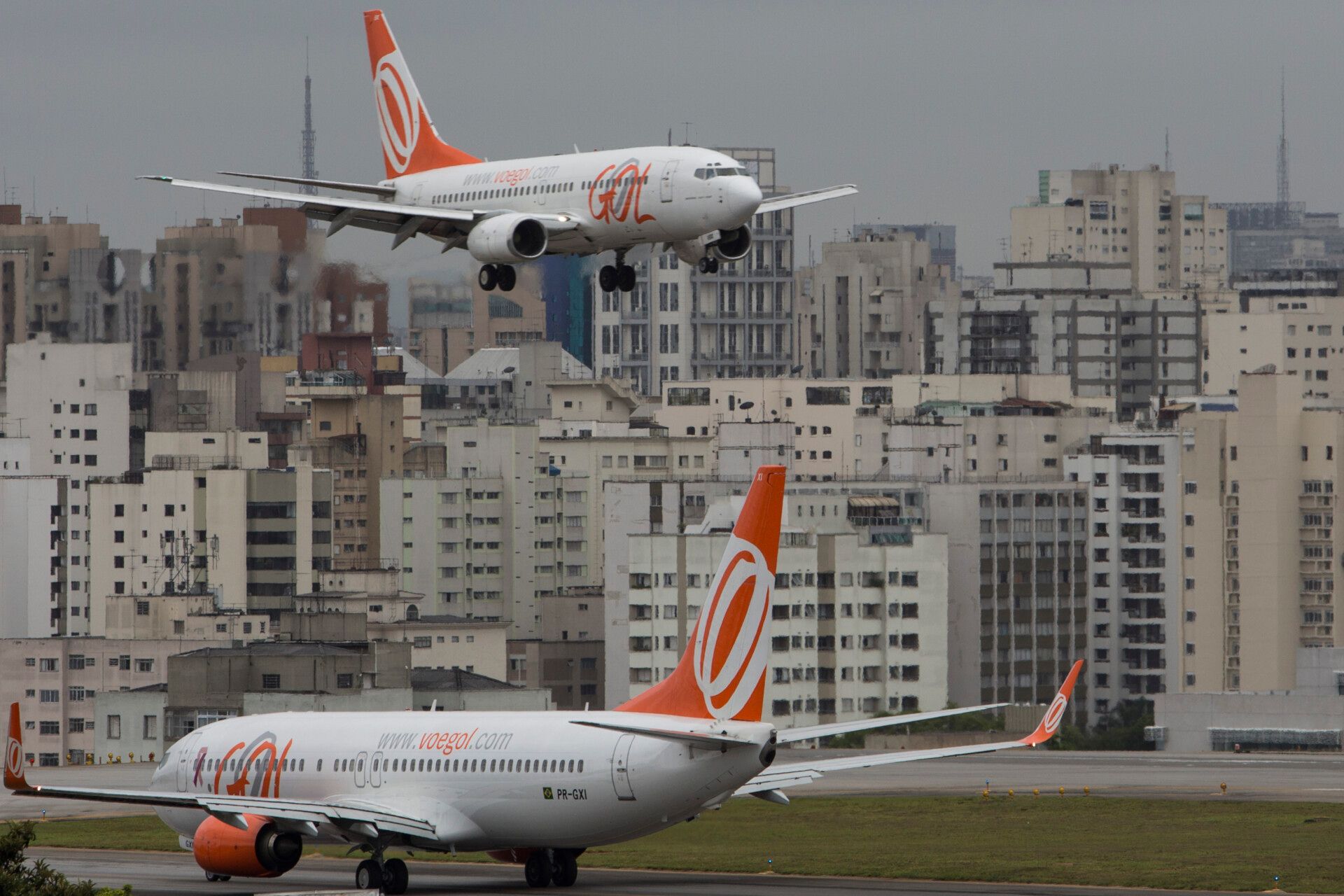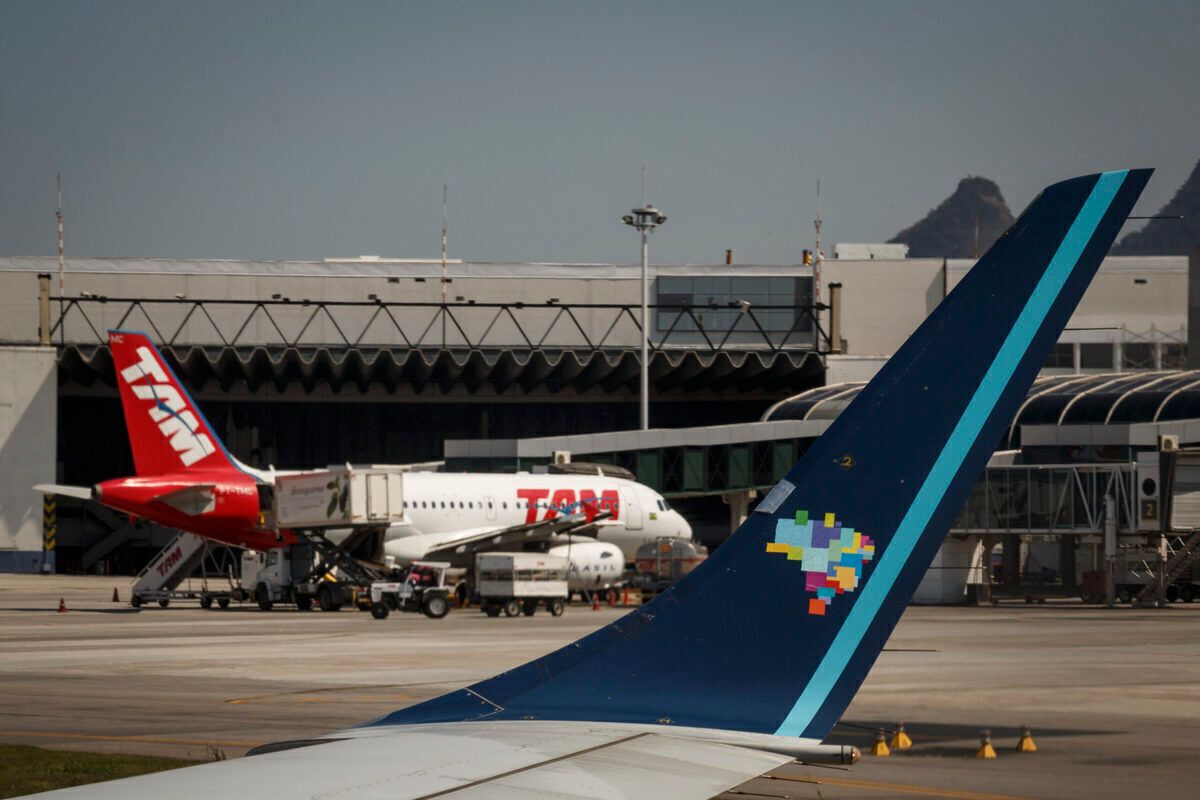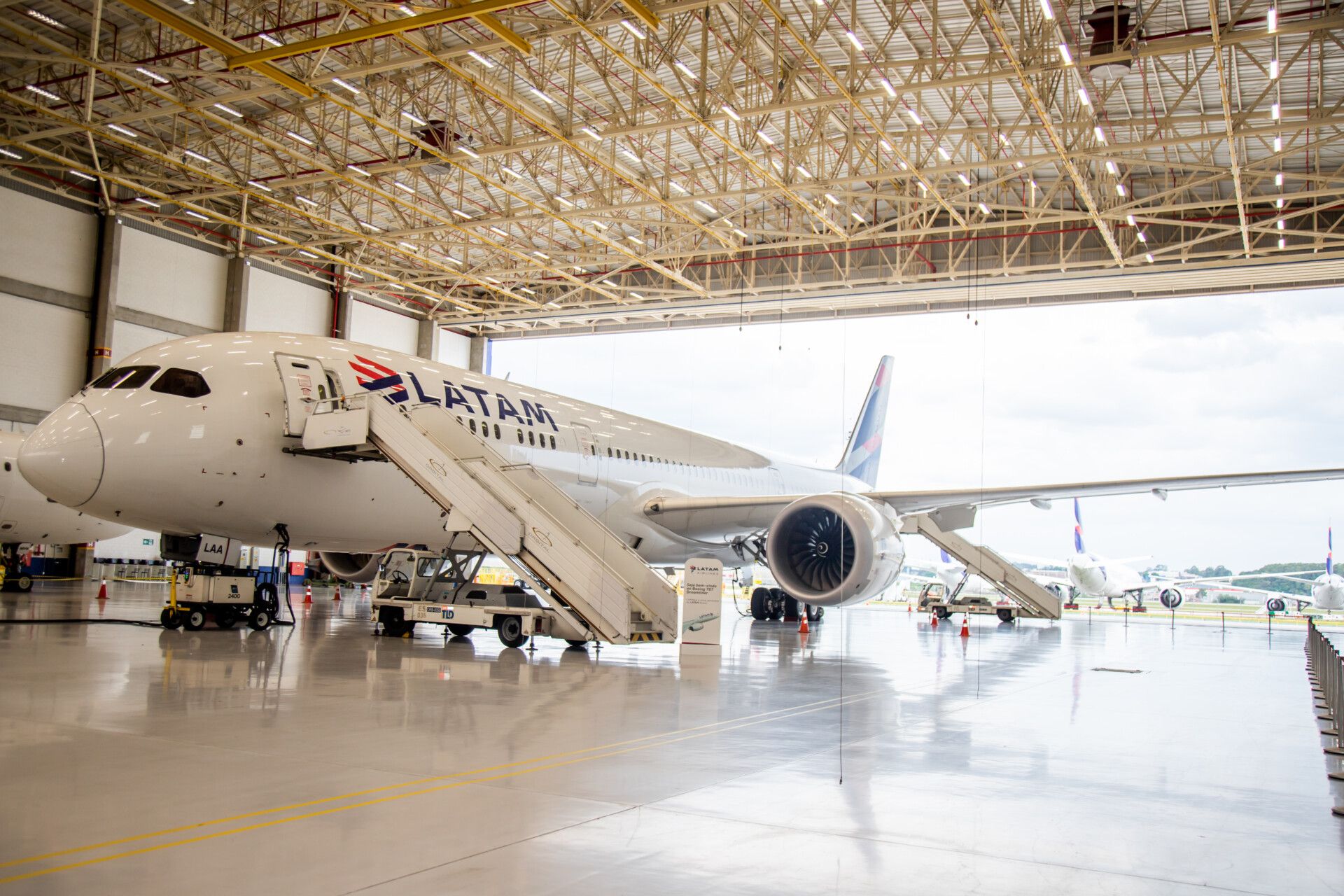The Brazilian aviation domestic market is set to fully recover from the COVID-19 pandemic by March, according to data provided by the Brazilian Air Companies Association (ABEAR). Internationally, though, the projections aren’t as promising yet, as the airlines are only just resuming their connectivity after facing heavy travel restrictions in 2021. Let’s investigate further.
A strong recovery
The Latin American region has been recovering at a faster pace than the global average. According to the International Civil Aviation Organization (ICAO), the overall traffic levels in the region will close between 4.9% and 6.8% below 2019 levels by the end of this year.
Moreover, the domestic market will grow in 2022, compared to its pre-pandemic traffic levels. It will have an increase between 6.3% and 7.3%. The recovery of the Latin American aviation industry will be fueled, to a great extent, from Brazil and Mexico, the two largest markets in the region.
While Mexico closed in 2021 with a 95% overall passenger recovery, Brazil is still behind at the moment.
Domestically, Brazil had on average 2,036 daily departures, an 84.7% recovery compared to March 2020, reported ABEAR. In November, internationally, there were, on average, 186 daily departures, according to Brazil’s Civil Aviation National Authority (ANAC). That’s a 50% recovery compared to 2019 levels.
Eduardo Sanovicz, ABEAR’s president, said,
“These stats show the resilience of the Brazilian airlines, despite the difficulties caused by the pandemic and the price increase in jet fuel.” He later added that the Brazilian airline capacity should be restored between March and April 2022.
How about the international recovery?
In 2021, many countries imposed travel restrictions on travelers coming from Brazil. These rules heavily impacted the capacity recovery on international flights. For instance, GOL Linhas Aereas is just resuming its international routes; LATAM Brazil is offering 1,024 international flights in January 2022, a 68.6% decrease compared to January 2020.
ABEAR expects that a full recovery for the Brazilian aviation market will be available by the end of 2023.
What about the recovery in terms of passengers and earnings?
Having a full recovery in terms of capacity is a good thing; nonetheless, having seats and flights restored to 2019 levels does not equal having traffic and earnings back.
The three leading carriers in Brazil posted net losses in the first three quarters of 2021. Azul lost 3.8 billion reais (approximately US$670 million) between January and September; LATAM lost US$1.19 billion, and GOL lost 4.3 billion reais (aboutUS$767 million).
Nonetheless, the three airlines also had financial highlights throughout the year. For instance, Azul recovered its Revenue per Available Seat-Kilometer (RASK) back to 2019 levels in the third quarter. Additionally, both GOL and Azul had EBIT levels back, showing the restoration of operating margins necessary to support operational growth. Meanwhile, LATAM is closing its bankruptcy process under Chapter 11 in the United States. The airline expects to emerge successfully in 2022. The carriers will post their final quarterly results in February and March.
In terms of passengers, Brazil had 58.5 million travelers, both domestically and internationally, between January and November 2021, according to ANAC. That’s a 54% overall recovery compared to 2019. If we look at November numbers only, Brazil had 7.5 million travelers, a 76.5% recovery compared to 2019.
What do you think about Brazil’s recovery so far? Let us know in the comment below.



